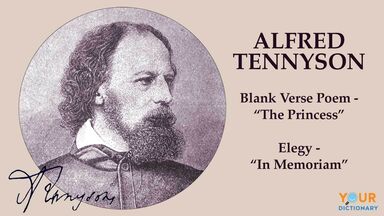His most celebrated pieces are Hugo; Mnich (" The Monk"); Lambro, a Greek corsair, quite in the style of Byron; Anhelli, a very Dantesque poem expressing under the form of an allegory the sufferings of Poland; Krol duck (" The Spirit King"), another mysterious and allegorical poem; Waclaw, on the same subject as the Marya of Malczewski, to be afterwards noticed; Beniowski, a long poem in ottava rima on this strange adventurer, something in the style of Byron's humorous poems; Kordyan, of the same school as the English poet's Manfred; Lilla Weneda, a poem dealing with the early period of Slavonic history.
In 1690 he translated Guarini's Pastor Fido, and in or just after 1697 published, in a folio volume without a date, his Kunga-Skald, the first original poem in ottava rima produced in Swedish.
The Ulyssea of Gabriel Pereira de Castro describes the foundation of Lisbon by Ulysses, but, notwithstanding its plagiarism of The Lusiads and faults of taste, these ten cantos contain some masterly descriptive passages, and the ottava rima shows a harmony and flexibility to which even Camoens rarely attained; but this praise cannot be extended to the tiresome Ulyssipo of Sousa de Macedo.
Spenser used an alexandrine to end his modified form of ottava rima.
